Current Research Projects and Graduate Students
Endangered Columbia Basin Pygmy Rabbit
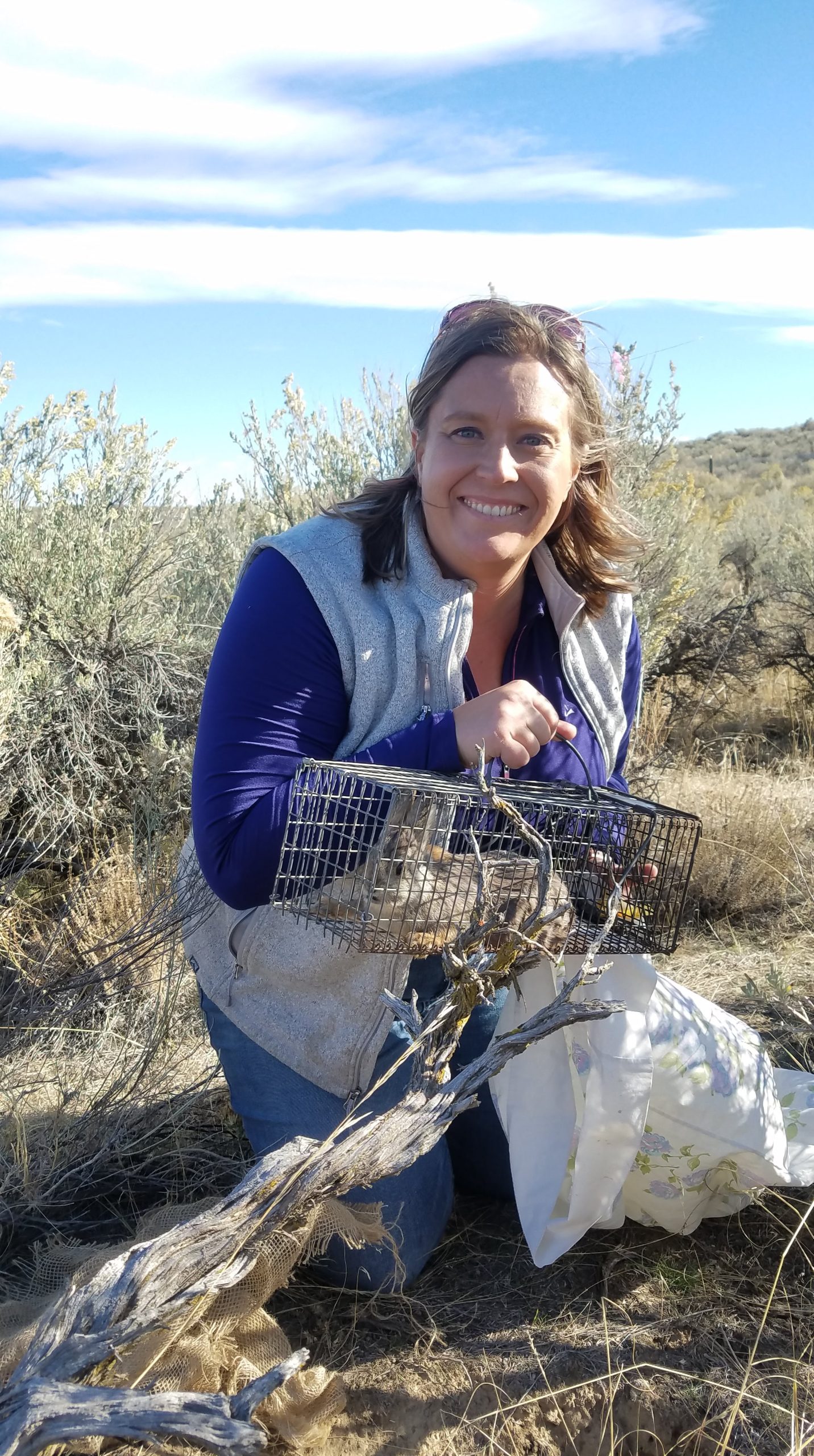
We have been conducting genetic monitoring of the Columbia Basin Pygmy rabbit in collaboration with the US Fish and Wildlife Service and Washington Department of Fish, Wildlife and Parks since this distinct population segment was reintroduced in 2012.
Previous project leads: PhD student Stephanie DeMay, PhD student Stacey Nerkowski, Postdoc Kira Long
Current project lead: Research Scientist Jennifer Adams
Genetic Monitoring of the Endangered Red Wolf

We have been conducting genetic monitoring of population size and hybridization of this reintroduced population in collaboration with the US Fish and Wildlife Service since 1999.
Project Lead: Research Scientist Jennifer Adams
Genetic Monitoring of the Endangered Mexican Wolf
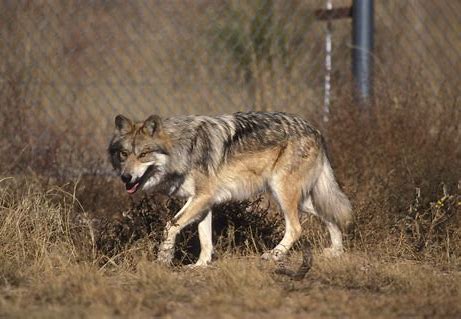
We are conducting genetic monitoring of pack size and composition, parentage, hybridization and fate of cross fostering in the reintroduced endangered Mexican wolf population in collaboration with the US Fish and Wildlife Service.
Project Lead: Research Scientist Jennifer Adams
Genetic Monitoring of Western Gray Wolves
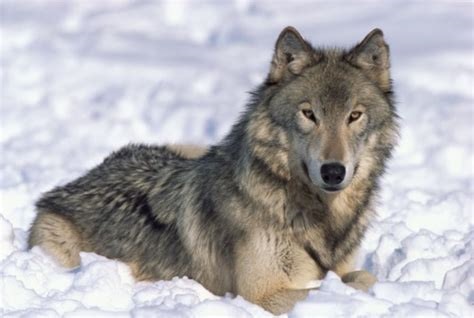
We are using fecal DNA to monitor distribution, population size, parentage and population structure of gray wolves in the western United States in collaboration with Washington Department of Fish, Wildlife and Parks, Idaho Fish and Game, Oregon Fish and Game and the Colville Tribe.
Project Lead: Research Scientist Jennifer Adams
Landscape Genetics North American Wolverines
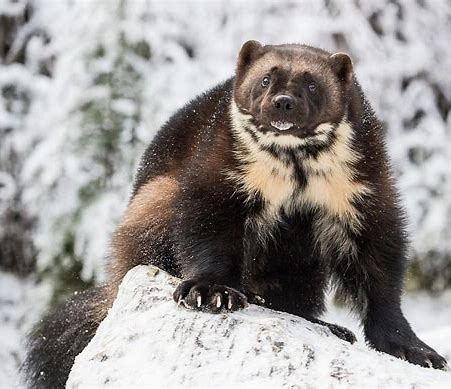
We are evaluating gene flow, genetic diversity and adaptive differences among North American wolverine populations across their range in collaboration with the Wildlife Conservation Society, National Park Service, Alaska Trapper Association, Alaska Department of Fish and Game, Northwest Arctic Borough, and Yukon Department of Environment.
Project Lead: Postdoc Elise Stacy
Former Project Lead: Former PhD student Niko Balkenhol
Cougar and Bobcat Monitoring on the Olympic Peninsula
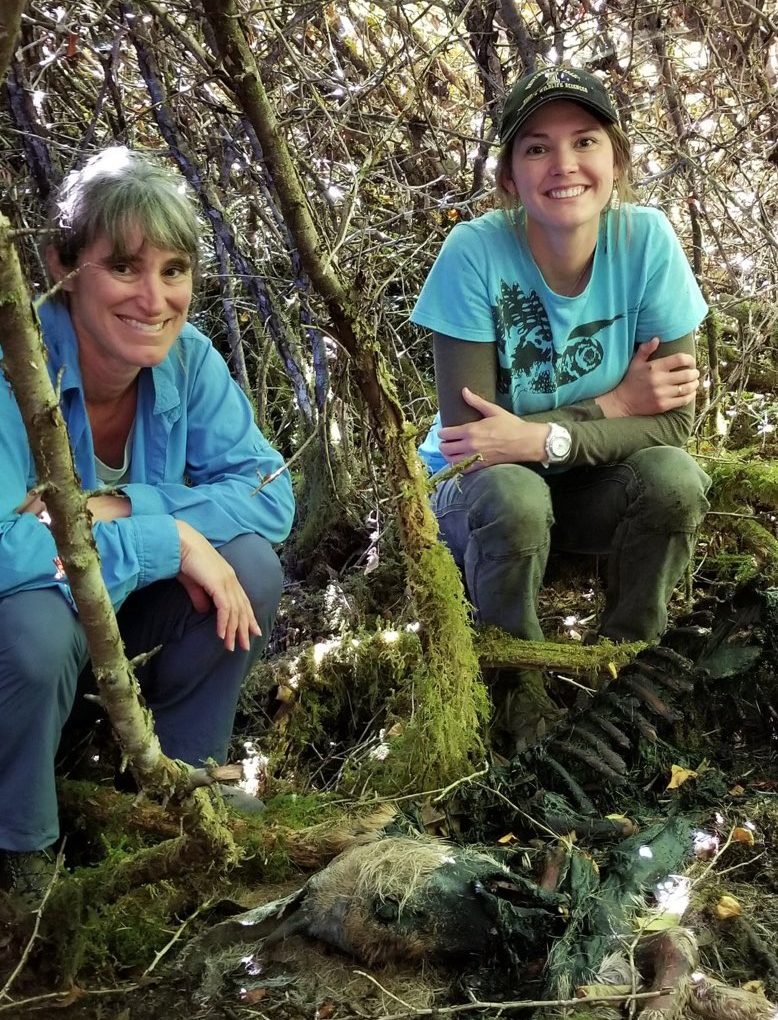
We are evaluating population size, density and diet of cougars and bobcats on the historic use areas of the Lower Elwha Klallam Tribe on the Olympic Peninsula of Washington using fecal DNA sampling and camera trapping.
Project Lead: PhD student Cameron Macias
Genetic Monitoring of the Threatened Northern Idaho Ground Squirrel
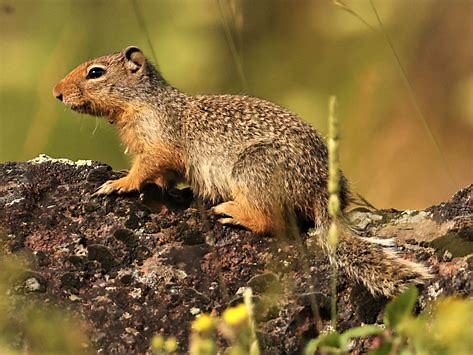
We are evaluating genetic diversity, connectivity, adaptive differences and diet of the threatened Northern Idaho Ground Squirrel across its range and defining conservation units in collaboration with the US Fish and Wildlife Service, USGS and Idaho Fish and Game.
Project Lead: Former PhD student Molly Garrett
Genetic Monitoring of Grizzly Bears
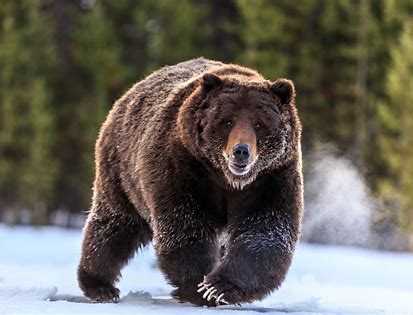
We are evaluating changes in genetic diversity over time in the endangered grizzly bear populations of the Cabinet Yaak and Selkirk Recovery areas.
Project Lead: Former MS student Megan Turnock
Landscape Genetics of Sagebrush
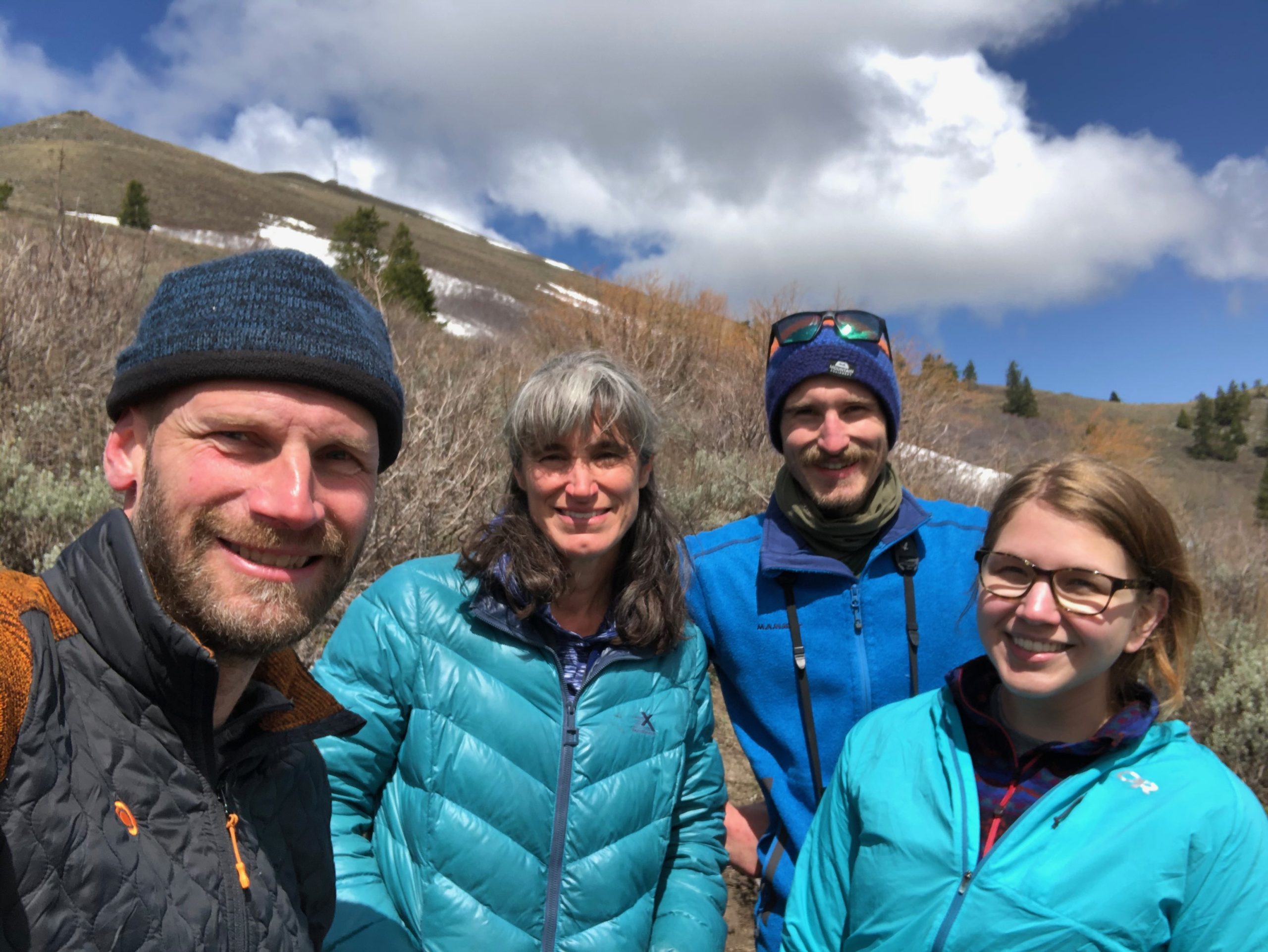
We are evaluating genetic diversity, structure and hybridization of the sagebrush species, Artemisia tridentata.
Project Lead: Former PhD student Lukas Grossfurther
Genetic Monitoring of Sage Grouse
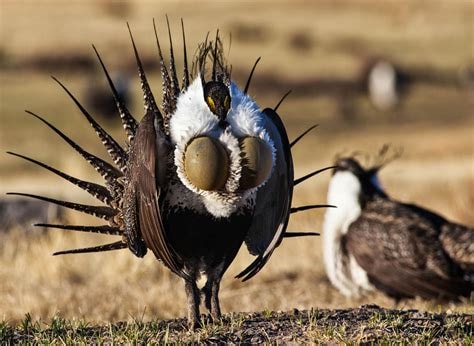
We have multiple projects on sage grouse including evaluations of genetic diversity and genetic structure in Mono County, sex ID of fecal pellets, and detection of predators at depredated sage grouse nests.
Project Leads: Former MS students Nolan Helmstetter and Joel Tebbenkamp
Genetic Monitoring of the Great Gray Owl
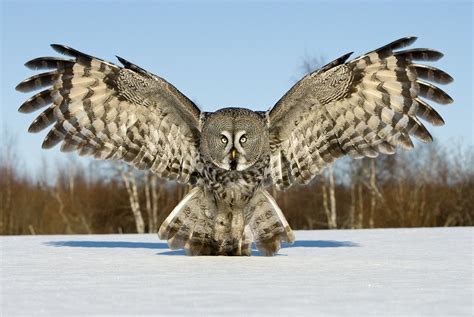
We are conducting genetic monitoring population size, parentage, genetic diversity and connectivity of the Great Gray Owl in Yosemite National Park using shed feathers.
Project Lead: Research Scientist Jennifer Adams
Genetic Monitoring of Polar Bears

We are collaborating with the US Fish and Wildlife Service and the North Slope Borough to conduct genetic monitoring using DNA obtained from footprints on snow, hair, saliva and tissue samples.
Project Lead: Research Scientist Jennifer Adams
Genetic Monitoring of Montana Cougars
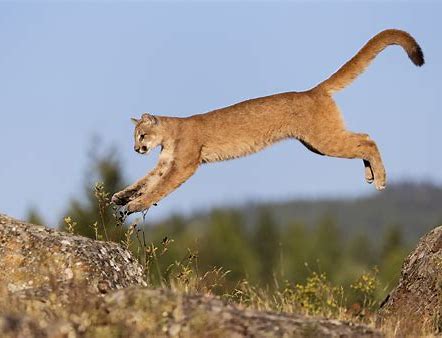
We are collaborating with Montana Fish, Wildlife and Parks to conduct genetic monitoring of cougars using tissue samples collected from harvest.
Project Lead: Research Scientist Jennifer Adams
Diet Metabarcoding of Rough-Legged Hawk
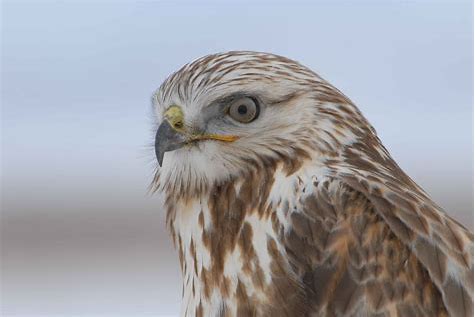
We are evaluating the diet of Rough-Legged Hawks using diet metabarcoding by collecting beak swabs, talon swabs, cloaca swabs, and fecal material.
Project Lead: PhD student Neil Paprocki
Spatial Close-Kin Mark-Recapture of Michigan Black Bears

We are collaborating with Michigan Fish and Wildlife, Mississippi State University, Oklahoma State University, and Michigan Tech University to develop methods to estimate population size and density of Michigan black bears using genetic analysis of harvest samples to conduct spatial close-kin mark-recapture.
Project Lead: Postdoc Anthony Seveque
Genetic Monitoring of Alaska brown bears

We are collaborating with University of Washington to estimate the number of brown bears feeding on salmon and movement patterns along six streams in western Alaska using DNA collected from hair snares.
Project Lead: Research Scientist Jennifer Adams
Landscape Genetics of Amphibians
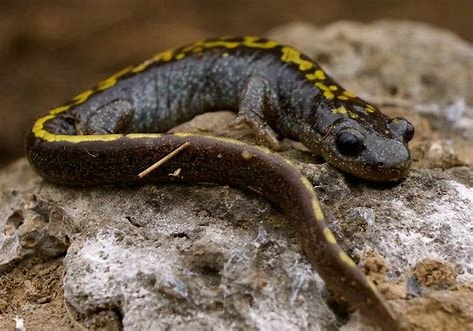
We have evaluated landscape genetic patterns for long-toed salamanders and spotted frogs in Northern Idaho.
Project Lead: Former PhD student Caren Goldberg
Parentage of Horses in Shackleford Banks, North Carolina
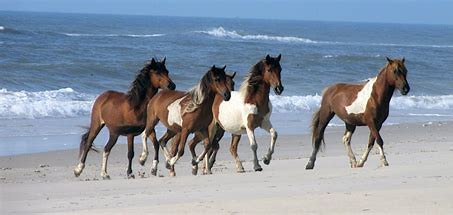
We are collaborating with the National Park Service to evaluate parentage of foals in the Shackleford Banks of the Cape Lookout National Seashore using fecal DNA sampling.
Project Lead: Research Scientist Jennifer Adams
Genetic Monitoring of Sitka Black-Tailed Deer
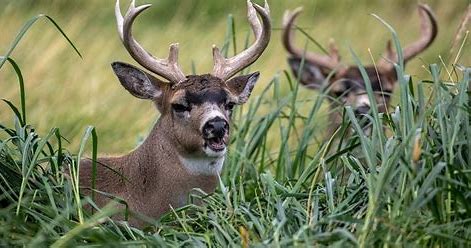
We are conducting genetic monitoring of population size of the Sitka Black-Tailed deer in collaboration with Alaska Department of Fish and Game using fecal pellets.
Project Lead: Research Scientist Jennifer Adams and Postdoc Elise Stacey
Genetic Monitoring of Sonoran Pronghorn
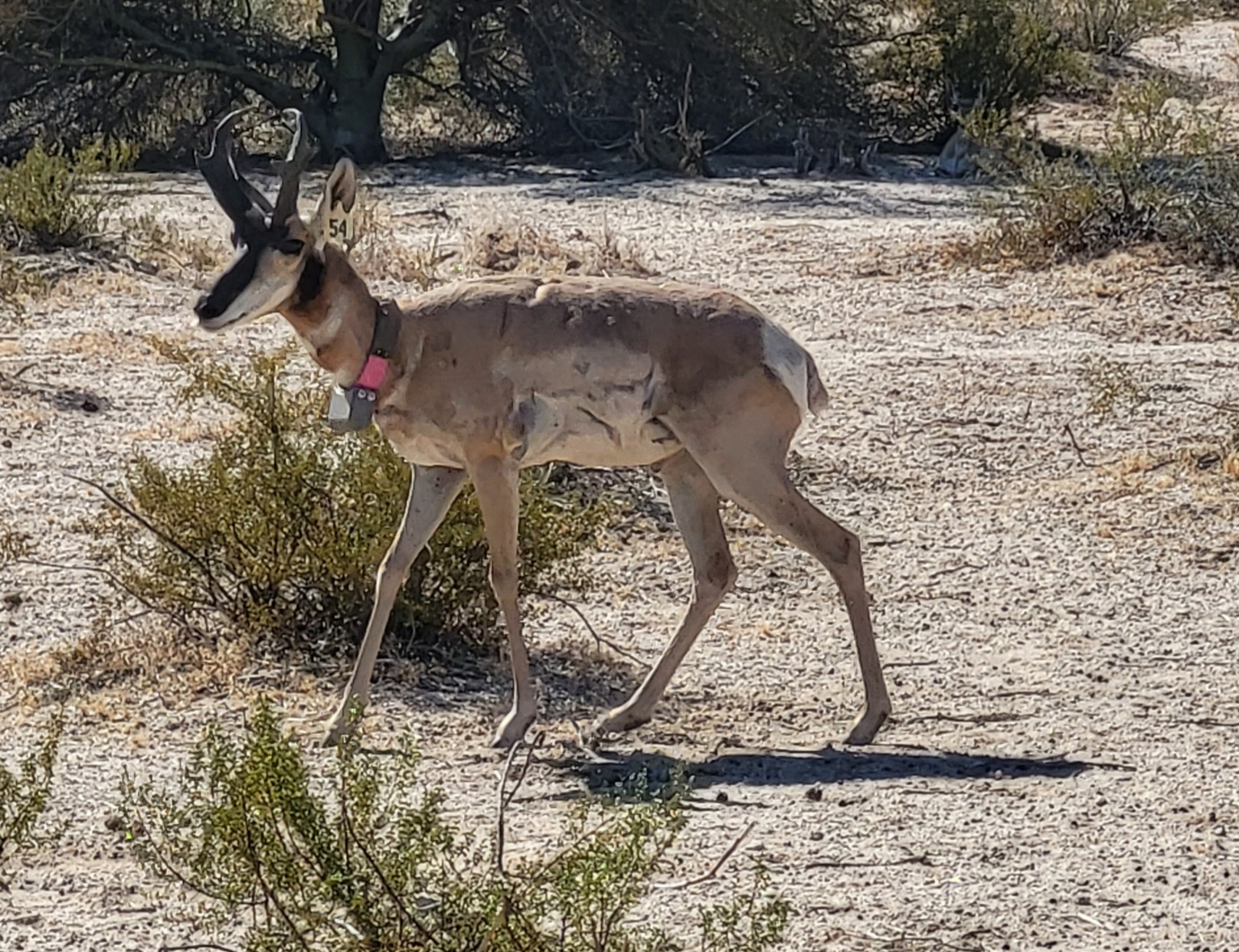
We have been evaluating population size, recruitment and survival of the endangered Sonoran pronghorn using fecal pellets since 2012 in collaboration with the US Fish and Wildlife Service, Arizona Game and Fish, Department of Defense, University of Sonora, and the National Park Service.
Former Project Lead: former PhD student Susannah Woodruff
Current Project Lead: Jennifer Adams Research Scientist
Genetic Monitoring of Kit Fox and Coyote

We evaluated population size and diet of kit fox and coyote at Dugway Proving Grounds in Utah using fecal DNA sampling in collaboration with the Department of Defense.
Former Project Lead: PhD student Robert Lonsinger
Genetic Monitoring of Predators in Newfoundland
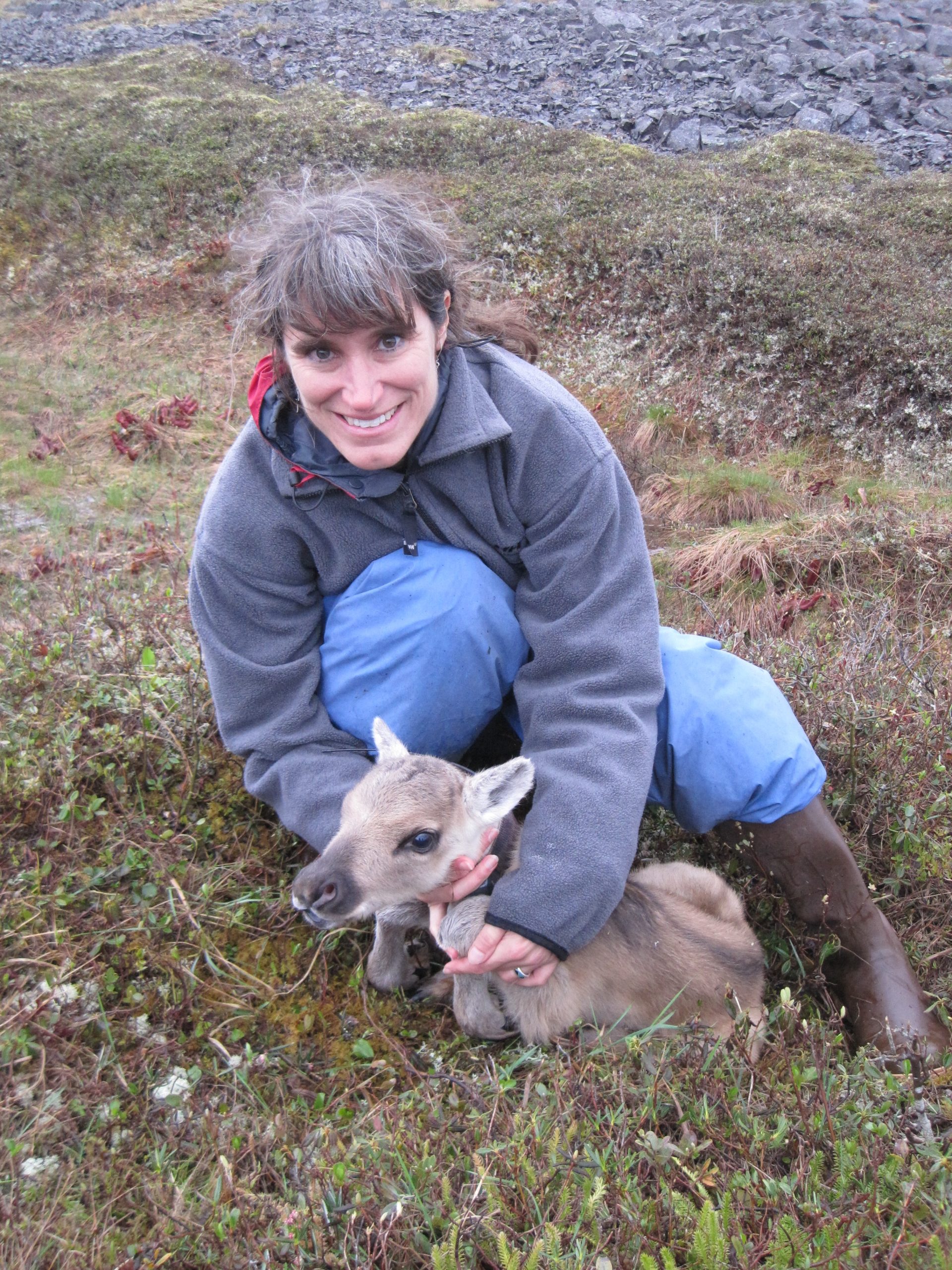
We evaluated predator population size and caribou calf predation in Newfoundland using hair snares, fecal DNA sampling and saliva in collaboration with University of Massachusetts, and Department of Environment and Conservation, Government of Newfoundland and Labrador.
Former Project Lead: Former PhD student Matt Mumma
Genetic Monitoring of Bighorn Sheep

We have evaluated genetic diversity and structure of current and historic populations of bighorn sheep in collaboration with Idaho Fish and Game and Washington Department of Fish, Wildlife and Parks.
Former Project Lead: Postdoc Soraia Barbosa
Genetic Monitoring of Grey Fox in Oklahoma
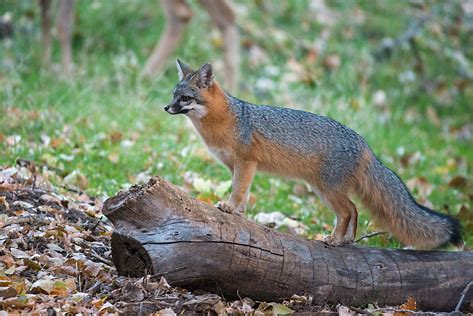
We are evaluating population size, genetic diversity and connectivity of grey fox populations in Oklahoma in collaboration with Rob Lonsinger’s research group at Oklahoma State University.
Project Leads: Robert Lonsinger and Jennifer Adams
Genetic Monitoring of South Dakota Otter
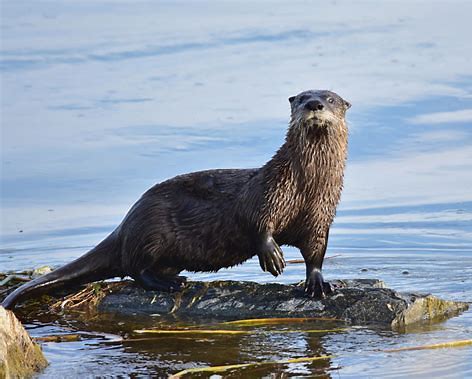
We are estimating population size and density of otters in South Dakota using fecal DNA sampling in collaboration with South Dakota Game and Fish.
Project Lead: Research Scientist Jennifer Adams
Genetic Monitoring of Neotropical Otters
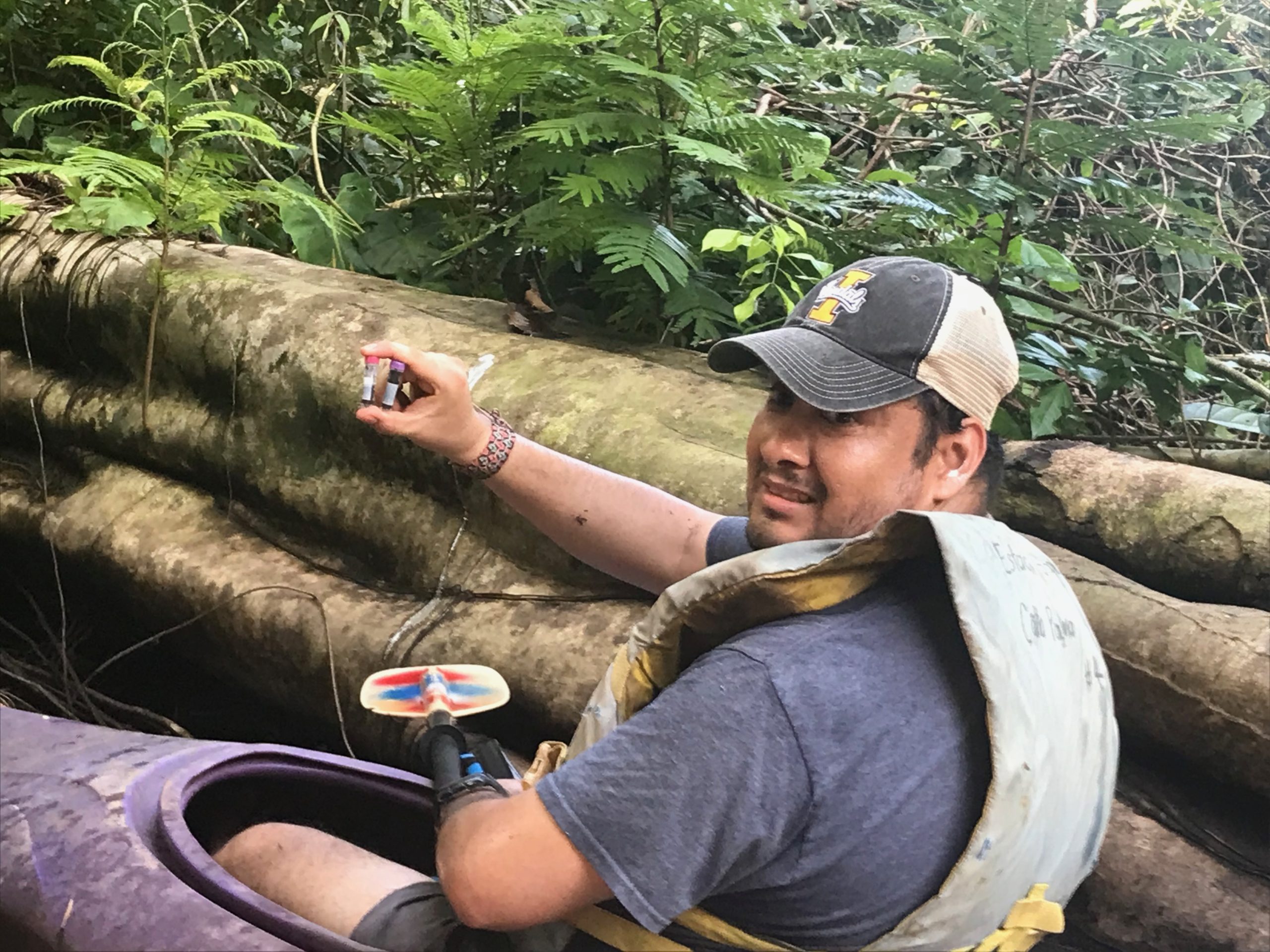
We are using fecal DNA sampling to evaluate population size, effective population size, gene flow, genetic diversity and diet of neotropical otters in Costa Rica and Belize.
Project Lead: PhD student Manuel Santiago
Genetic Monitoring of Pampas Cat
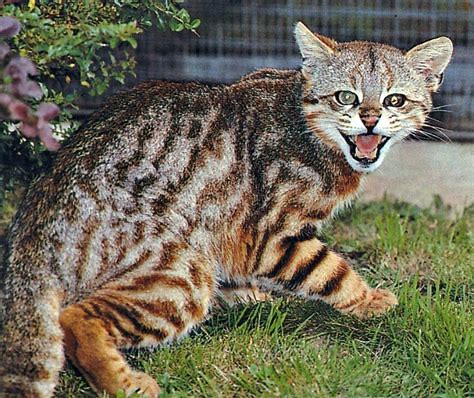
We are evaluating population size, effective population size, behavior, genetic diversity, connectivity and diet of a unique population of pampas cats in a mangrove forest of Peru using fecal DNA sampling.
Project Lead: PhD student Manuel Santiago
Genetic Monitoring of Gobi Bears
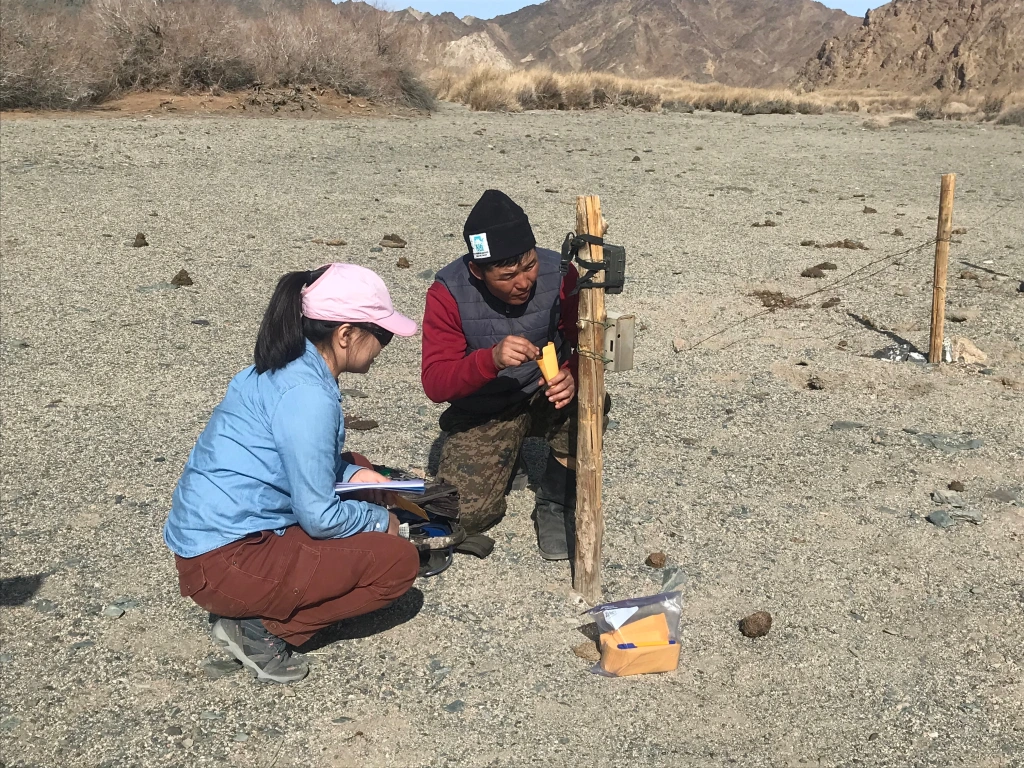
We have evaluated population size, movement patterns, genetic diversity, genetic structure and taxonomy of the endangered Gobi Bear using DNA collected from hair snares.
Project Lead: PhD student Odbayar Tumendemberel
Landscape Genetics of Costa Rican Bats
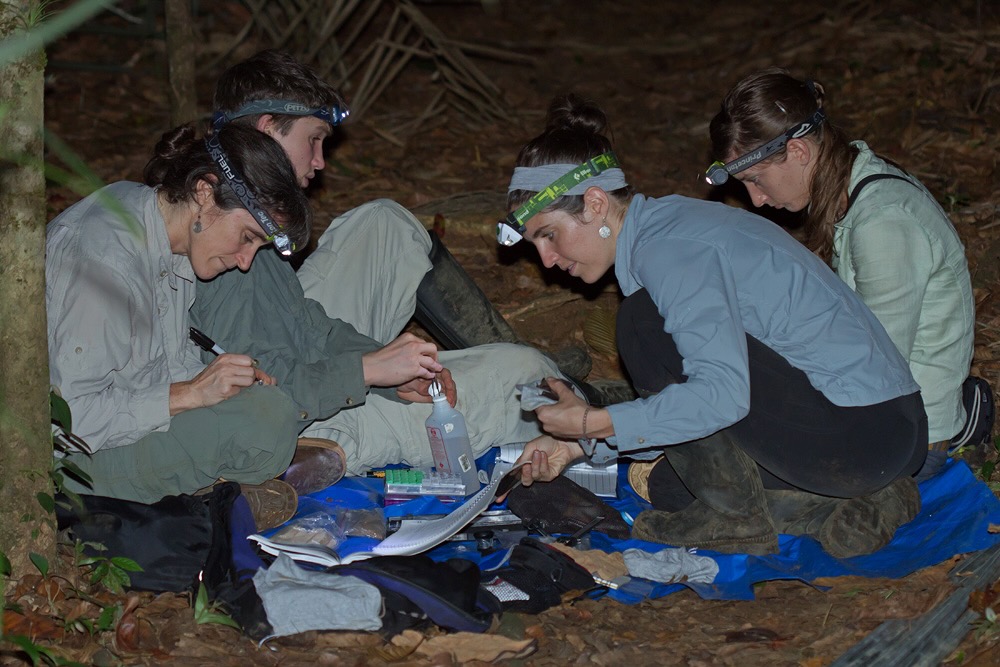
We evaluated occupancy, genetic diversity, genetic structure and landscape genetics of the Jamacian fruit bat and the Chestnut short-tailed bat.
Project Lead: PhD student Kate Cleary
Connectivity, Systematics and Colonization History of Galapagos Bats
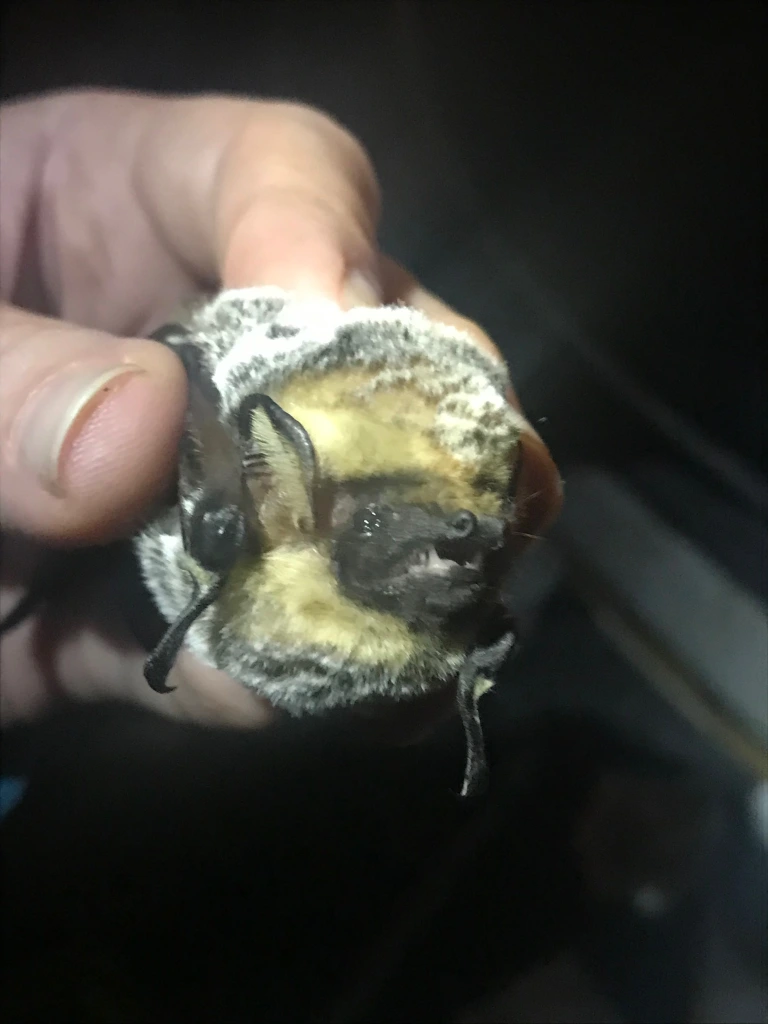
We are developing a long-term monitoring program for the red bat and hoary bat of the Galapagos Islands for the Galapagos National Park using acoustic monitoring and capture. We are evaluating colonization history, genetic diversity and connectivity of populations.
Project lead: Postdoc Elise Stacy
Local collaborator: Rodrigo Cisneros
Genetic Monitoring of Jaguar, Ocelot and Puma in Belize
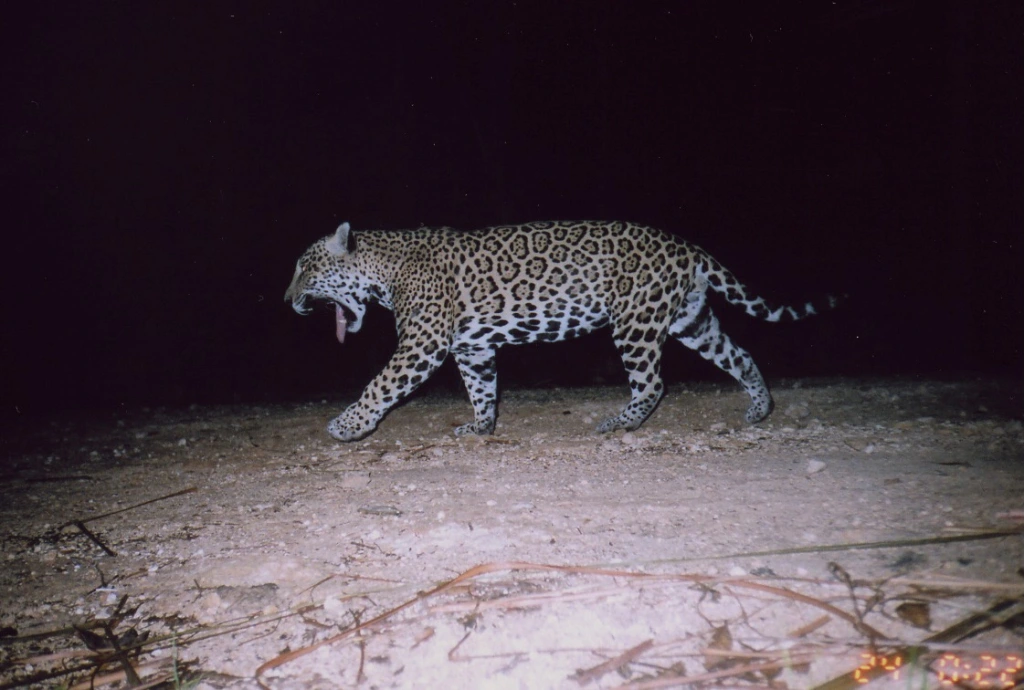
We evaluated fecal DNA sampling methods, population size, genetic diversity and connectivity for cougars, ocelot and puma in Belize in collaboration with Marcella Kelly at Virginia Tech University.
Former Project Lead: PhD student Claudia Wultsch
Genetic Monitoring of Andean Bears in Ecuador
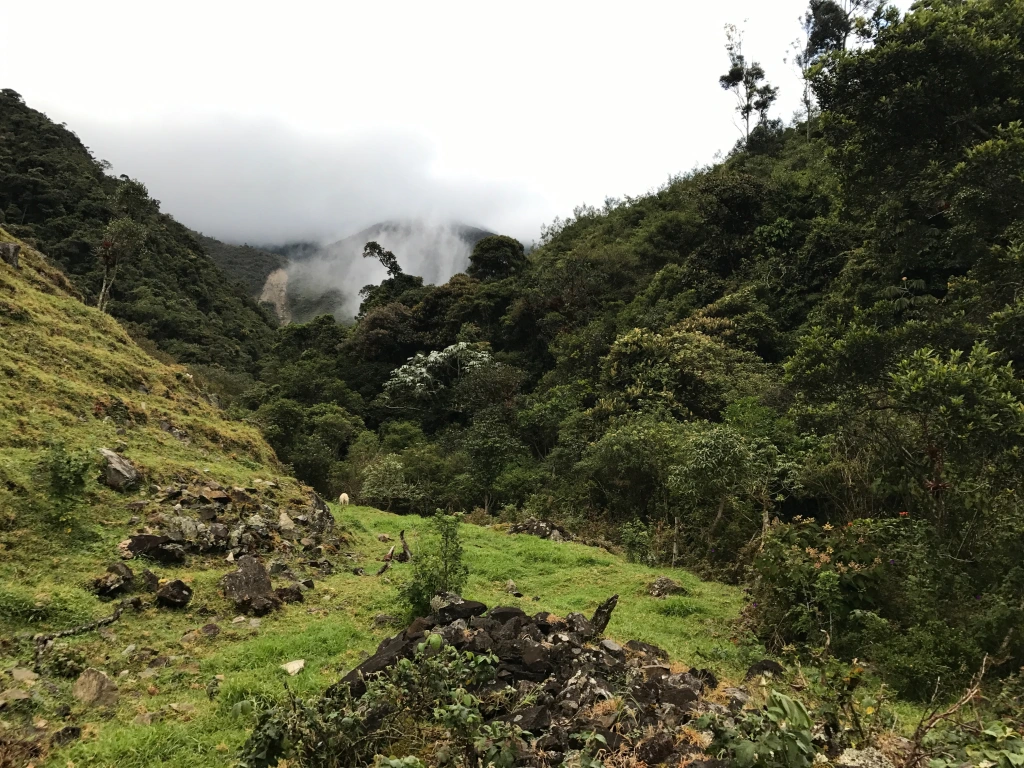
We used fecal DNA and hair sampling to estimate population size, evaluate genetic diversity and connectivity among populations of Andean bears in Ecuador.
Project Leads: Paulina Viteri and Rodrigo Cisneros
Genetic Monitoring of Parrots in Peru
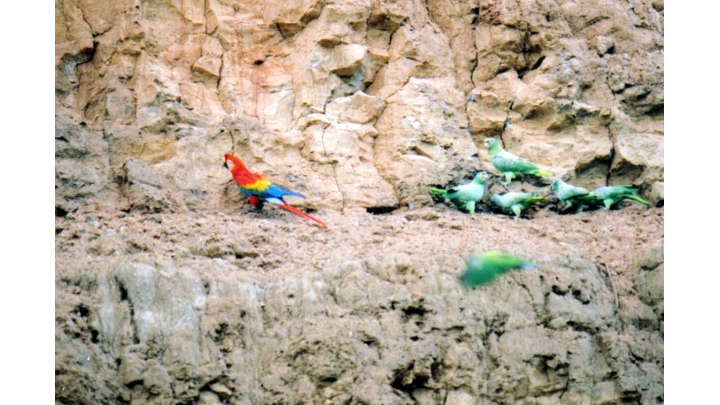
In collaboration with WWF, we developed methods to obtain DNA from feathers collected at clay licks. These feathers were used to evaluate genetic diversity and connectivity of scarlet macaw and blue and yellow macaw species across the Peruvian Amazon.
Former Project Lead: MS student Kara Gebhardt
Genetic Monitoring of Tigers in Nepal
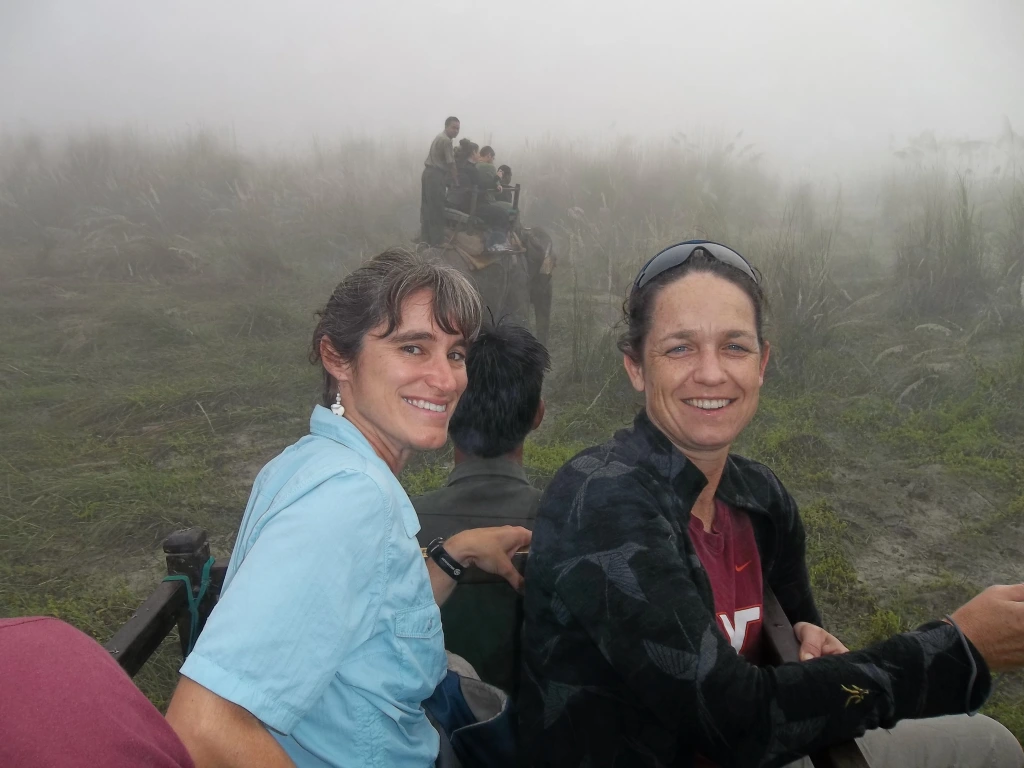
We collaborated with Marcella Kelly at Virginia Tech University and Dibesh Karmachara at the Center for Molecular Dynamics Nepal to conduct the first genetic analysis of tiger population size, genetic diversity and connectivity using fecal DNA sampling. We also developed tools for tracking the geographic location of poached tigers.
Former Project Lead: PhD student, Kanchan Thapa
Local Collaborator: Dibesh Karmacharya
Occupancy Analysis of Red Panda in Nepal

We collaborated with the Nature Conservancy to conduct the first occupancy analysis of red pandas in Langtang National Park of Nepal.
Former Project Lead: MS student Manoj Bhusal
Genetic Monitoring of Snow Leopards
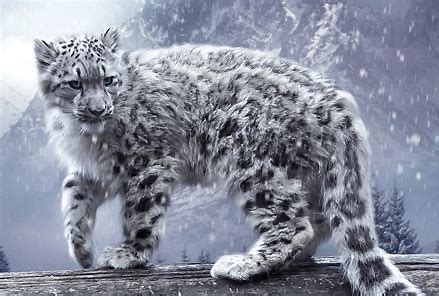
We collaborated with the Snow Leopard Trust and the University of Massachusetts to develop fecal DNA monitoring methods to evaluate occupancy, population size and genetic diversity of snow leopards in
Kyrgyzstan and China.
Former Project Lead: Kyle McCarthy